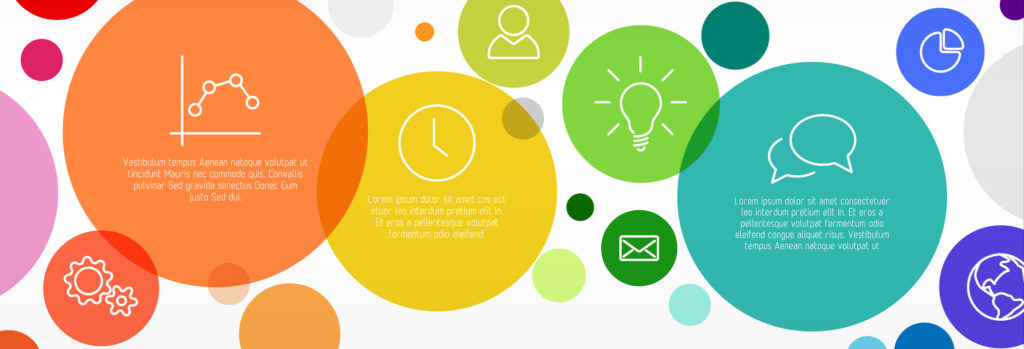
Can Your Behavior Model Do This? Tips For Evaluation And Selection
Share viaIn the two decades I’ve been working with people around behavior change, I’ve been exposed to a lot of models, from personality models, to change models, to conflict models, even models I’ve made up myself because nothing else seemed to work. What they all have in common is they claim to unlock the key to behavior change.
A model is any system or framework that attempts to organize knowledge in a more understandable and useful way. I assume the purpose of a model is to help common folk like you an I make sense of complicated stuff so we can be more effective in our lives. For me the real question becomes, “Does it make sense and am I more effective using it?”
Sadly, a lot of models don’t result in a positive answer to this question. If I had a dollar for every model of personality, conflict, change, or communication sitting on a client’s shelf gathering dust, I’d be rich! Why, I ask them? The typical answers are:
“It was too complicated.”
“It was all theory, no practical application.”
“We only had a one-hour debrief, so didn’t learn enough to do anything with it.”
“People started using the labels as weapons and putting people in boxes.”
“We didn’t stick with it long enough to see any change.”
“We gained more tolerance for each other, but didn’t change how we communicated.”
What’s the problem here? Is it the model? Is it the trainer or consultant who didn’t go deep enough? Is it the client who thought they could get culture change during a lunch and learn? I could write a lot about the second two questions, and I’ll save that rant for another day. For now, I’d like to share my criteria for what makes a good model. Use this litmus test to determine whether the one your using is serving you well, or if it’s time to go shopping.
Four Criteria for a Good Model
1. You can draw it on a bar napkin in 30 seconds
It’s gotta be visually elegant, intuitive, and so easy to draw that you can sketch it out when the opportunity arises.
2. It resonates in two minutes
Within minutes the concepts must resonate with the other person. They should be saying things like, “How did you know?” or “Were you in our staff meeting last week?”
3. It gives hope in five minutes
Good models don’t just point out pain or problems, they point the way towards positive change. They light a path that seems do-able. Unless a person believes they can and believes their efforts will yield results, they won’t exert the effort to learn.
4. It guides new behaviors
This is where the rubber meets the road. Knowledge, theory, understanding, and talk doesn’t change behavior. Behavior changes behavior. Specific, observable, new behaviors are the result of good models.
Four Tips for Selecting Your Next Model
1. A good model should change your mind about someone, not make it up.
Good models re-set the way you think about yourself, others, and the nature of how you approach life. If your model encourages labeling and putting people in boxes, get rid of it now! Models should stretch us beyond stereotypes, beyond boxes, towards hypothesis-testing. They should have us continually asking, “What if I looked at it this way, or tried this?”
2. Beware of believers!
Models are not belief systems, they are only tools. As soon as you form a conviction or belief system around something, you risk becoming closed-minded. At that point you are more motivated to confirm your belief than to see clearly and gain perspective. This doesn’t mean you can’t have confidence and rely on the tool, much like you would your calculator or cordless drill.
3. Models don’t work, you work.
This tip speaks to the trainer/consultant and the learner more than it does to the model. Unless there’s concerted focus on learning and applying new behaviors, no model can work. It takes openness, resourcefulness, and persistence to unlock potential. Learning, application and practice are the only paths towards competence. Without putting in the reps, nothing changes. Giving a model short shrift will at best raise awareness and tolerance. The danger, however, is that this awareness quickly gives way to labeling because people haven’t changed their behavior.
4. Models don’t work unless they are applied.
Unless the model is applied to your systems and processes, it can’t positively impact your culture. The more you apply it, the more valuable it is. When clients ask me, “How will your models be different than the other three we tried?”, here’s how I answer;
“Will you show me where your previous models have been applied? Take me around your company and point out where the model influenced how performance reviews are done, how incentive systems are created, how meetings are run, how policies are written, how customer complaints are handled, how you craft company-wide communications, how marketing is focused, how PR crises are handled, or how your mission is lived out in daily behaviors. Show me the model in action.”
This usually helps frame the conversation.
If you have a model you like and want to enhance it’s effectiveness, consider addressing the Four Tips above to really make it produce. If your model isn’t producing results, consider trying something new that meets the Four Criteria above.
Meanwhile, here are two other articles I’ve written on about using models.
The danger of personality models and how to beat it.
If you’d like to learn more about our models and how we apply them, we’d be delighted to have a conversation.
Copyright Next Element Consulting, 2017
Follow @NextNate on Twitter
Connect with Nate on LinkedIn
Visit Nate’s Speaker Page, or contact us about booking Dr. Regier for a speaking engagement.
Book Your Next Keynote Speaker

Author and Co-founder of Next Element, Dr. Nate Regier is available to speak at your upcoming event.
Submit a Speaker RequestPodcast: Listen to Nate "On Compassion"
 Listen to the Podcast
Listen to the Podcast



1 Comments
Thanks Nate for pointing out so clearly and elegantly those relevant points. Making a model work is clearly key.
You are welcome Ulrike. Thanks for the comment.
Add comment
Add comment
Add comment